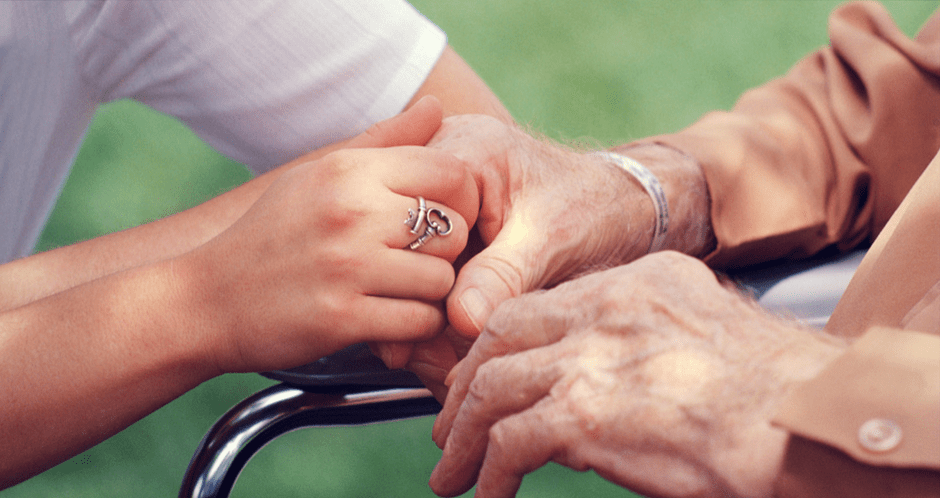
A recent Monash University study has shown that Australian nurses and midwives are at a high risk of burning out.
A staggering 32% of nurses and midwives are considering leaving the profession. Some of the reasons they said were that they felt they are overworked and undervalued.
The Monash Business School survey has been conducted every three years since 2007. This year they surveyed 3000 nurses and midwives, who showed indicators that their “work intensification” has increased since the last conducted survey in 2013.
85% of those surveyed felt that their jobs required them to work very fast, very hard and there is often a great deal to be done at work at least once or twice per week to several times per day.
And though 80% indicated that they were proud of their work every day, they also said that chronic exposure to elevated workload and exhaustion, along with poor appreciation for their dedication to the job was hampering work engagement levels.
The majority of the workforce in Australia already aged 47 years or older who are expected to retire in the next decade or so. This, in conjunction with the declining nursing enrolment rates, suggest that shortage of nurses and midwives nationwide is looming.
There are more than 170,000 senior living in aged care homes. Of those, 83% are classified as requiring “high care”. It is estimated that of those in high care, 60% of have dementia, 40–80% have chronic pain, 50% have urinary incontinence, 45% have a sleep disorder and 30–40% have depression.
Research has shown that increasing the ratio of nurses to resident would be beneficial for resident’s well being in the long term. Residents are less likely to lose weight and have fewer pressure ulcers and urinary tract infections. This would, in turn, result in fewer residents being transferred to hospital.
Currently in Australia there is no federal legislation requiring aged care home to maintain a staff to nurse ratio. However, the Victorian government has recently introduced the Safe Patient Care Act, the first state in Australia to do so.
This Act prescribes a ratio of registered nurses for approximately 30 publicly owned aged care homes in Victoria; during the morning shift, one registered nurse is required for every seven residents; in the afternoon, one registered nurse for every eight residents; and on the night shift, one registered nurse for every 15 residents.
In May, the Queensland government introduced a similar legislation to mandate ratios of one nurse to every four patients during day shifts and one nurse to every seven patients at night.
1
One AIN for four miximum five residents would be sufficient for residents and caregiver. One RN for maximum of 30 residents is safe option for aged care recipients and nursing staff.